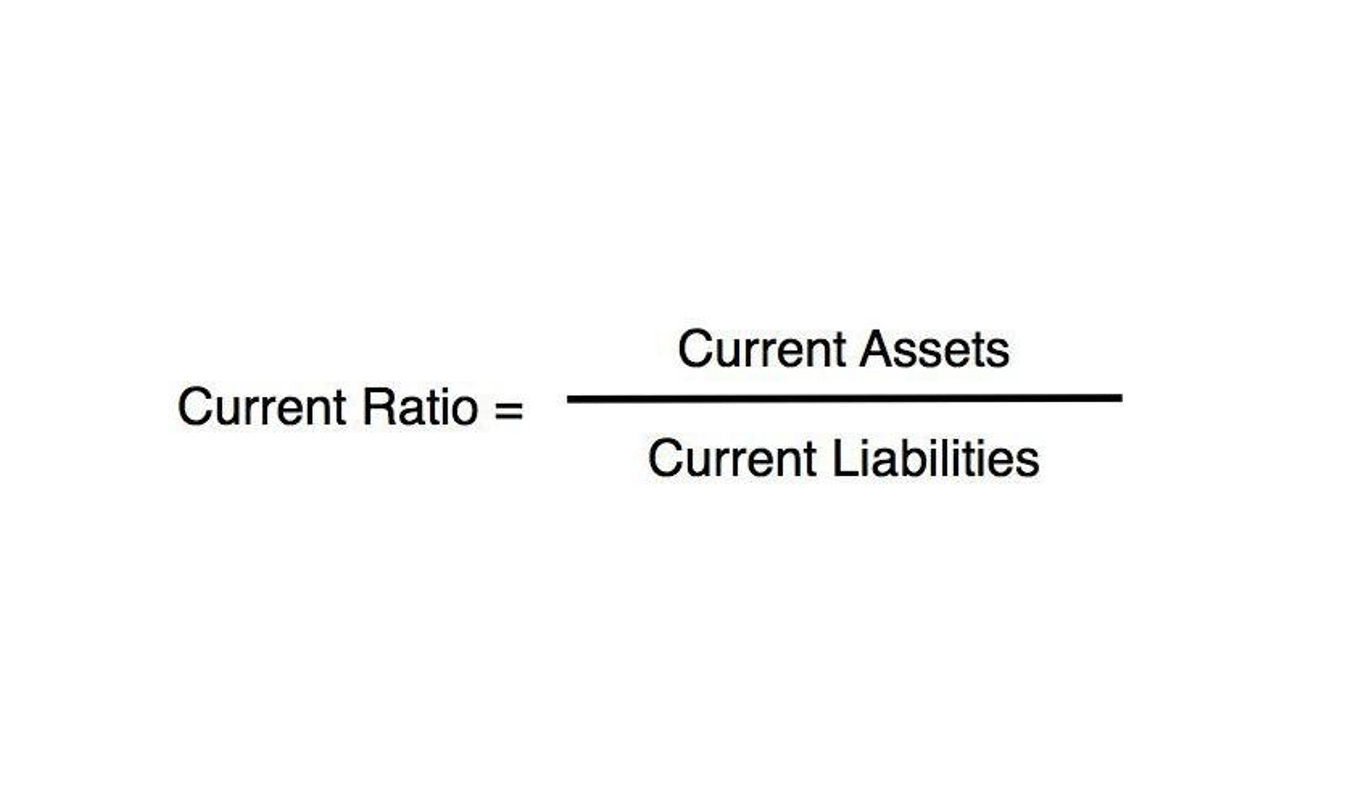
There are two main types of adjusting entries that we explore further, deferrals and accruals. He does the accounting himself and uses an accrual basis for accounting. At the end of his first month, he reviews his records and realizes there are a few inaccuracies on this unadjusted trial balance. When posting any kind of journal entry to a general ledger, it is important to have an organized system for recording to avoid any account discrepancies and misreporting. To do this, companies can streamline their general ledger and remove any unnecessary processes or accounts.
Create a Free Account and Ask Any Financial Question
As a result, any factors that affect net income, causing an increase or a decrease, will also ultimately affect RE. Revenue is the total amount of income generated by the sale of goods or services related to the company's primary operations. Revenue is the income a company generates before any expenses are taken out. Retained earnings (RE) are calculated by taking the beginning balance of RE and adding net income (or loss) and then subtracting out any dividends paid.

3.1 Adjusting Entries—Deferrals
In theory, this seems like the best option, but because many large corporations have both receivables and payables, all companies under GAAP require the usage of accrual-basis accounting. Essentially, under cash-basis accounting, the transaction will be recorded whenever cash is exchanged between 2 parties. Without adjusting entries to the journal, there would remain unresolved transactions that are yet to close. For example, during the period from September 2016 through September 2020, Apple Inc.’s (AAPL) stock price rose from around $28 to around $112 per share. During the same period, the total earnings per share (EPS) was $13.61, while the total dividend paid out by the company was $3.38 per share.
Would you prefer to work with a financial professional remotely or in-person?
Not every transaction produces an original source document that will alert the bookkeeper that it is time to make an entry. The unadjusted trial balance may have incorrect balances in some accounts. Recall the trial balance from Analyzing and Recording Transactions for the example company, Printing Plus. It generally limits the retained earnings adjusting entry use of the prior period adjustment to the correction of errors that occurred in earlier years. The act of appropriation does not increase the cash available for the acquisition and is, therefore, unnecessary. It may be done, however, if management believes that it will help the stockholders accept the non-payment of dividends.
The most common credits and debits made to Retained Earnings are for income (or losses) and dividends. Occasionally, accountants make other entries to the Retained Earnings account. In the next accounting cycle, the RE ending balance from the previous accounting period will now become the retained earnings beginning balance. The amount of retained earnings that a corporation may pay as cash dividends may be less than total retained earnings for several contractual or voluntary reasons. These contractual or voluntary restrictions or limitations on retained earnings are retained earnings appropriations.
- These exceptions mainly relate to prior period adjustments and are accounted for by an adjustment to the beginning balance of retained earnings.
- In addition, the prior period adjustment is explained in the footnotes to the financial statement.
- These can be either payments or expenses whereby the payment does not occur at the same time as delivery.
- We follow strict ethical journalism practices, which includes presenting unbiased information and citing reliable, attributed resources.
- Using the table provided, for each entry write down the income statement account and balance sheet account used in the adjusting entry in the appropriate column.
The adjusting entry for rent updates the Prepaid Rent and Rent Expense balances to reflect what you really have at the end of the month. The adjusting entry TRANSFERS $1,000 from Prepaid Rent to Rent Expense. Accumulated Depreciation is contrary to an asset account, such as Equipment. This means that the normal balance for Accumulated Depreciation is on the credit side. Accumulated Depreciation will reduce the asset account for depreciation incurred up to that point. The difference between the asset’s value (cost) and accumulated depreciation is called the book value of the asset.
Retained earnings are usually considered a type of equity as seen by their inclusion in the shareholder's equity section of the balance sheet. Though retained earnings are not an asset, they can be used to purchase assets in order to help a company grow its business. A company's shareholder equity is calculated by subtracting total liabilities from its total assets. Shareholder equity represents the amount left over for shareholders if a company pays off all of its liabilities.
Which Transactions Affect Retained Earnings?
The net balance (revenue – expenses) of this account is then transferred to Retained Earnings through closing entries. The company had already accumulated $4,000 in Wages Expense during June -- $1,000 for each of four weeks. For the two additional work days in June, the 29th and 30th, the company accrued $400 additional in Wages Expense. To add this additional amount so it appears on the June income statement, Wages Expense was debited.
Business License Tax - Deferred Expense
The balance in the corporation’s Retained Earnings account is the corporation’s net income, less net losses, from the date the corporation began to the present, less the sum of dividends paid during this period. Net income increases Retained Earnings, while net losses and dividends decrease Retained Earnings in any given year. Thus, the balance in Retained Earnings represents the corporation’s accumulated net income not distributed to stockholders. Adjusting entries ensures that the company records its business transactions on the accrual basis of accounting, which accounts for the time periods of each transaction.

They will review the financial statements and determine if any changes need to be made that were not reflected in the original accounting period. Prior period adjustments are typically classified as either correcting adjustments or non-correcting adjustments, depending on the type of change being made. A fixed asset is a tangible/physical item owned by a business that is relatively expensive and has a permanent or long life—more than one year. Its initial value, and the amount in the journal entry for the purchase, is what it costs.
